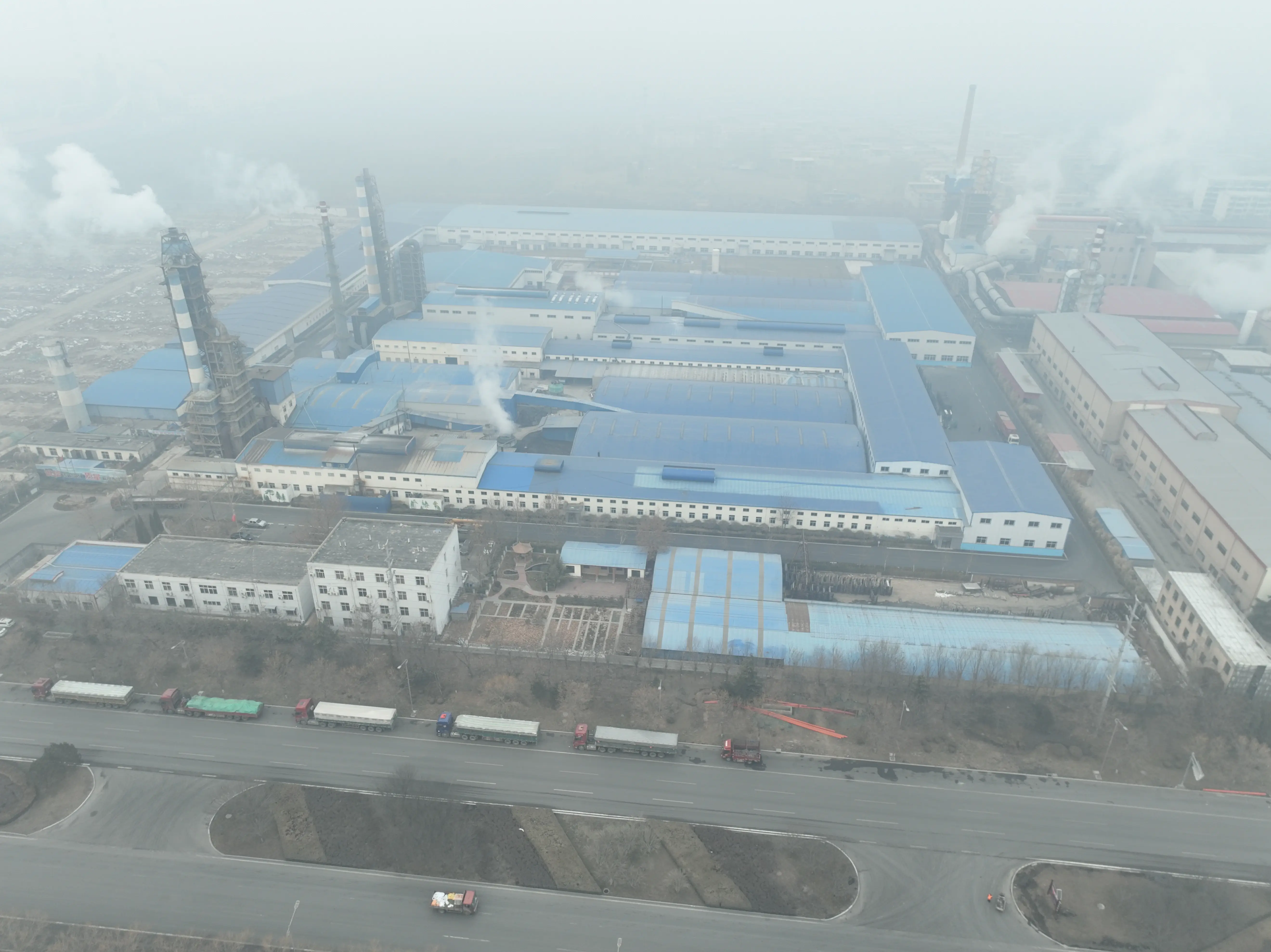One of the most appealing aspects of the silver scalloped mirror is its adaptability in diverse interior styles. Whether your home is adorned with modern minimalism, rustic charm, or classic elegance, this mirror complements various decor themes seamlessly. In contemporary settings, a large scalloped mirror serves as a striking focal point, drawing attention while maintaining an air of simplicity. Conversely, in vintage-inspired spaces, it can evoke nostalgia, enhancing the rich textures and colors that define the room.
 Home
Home











